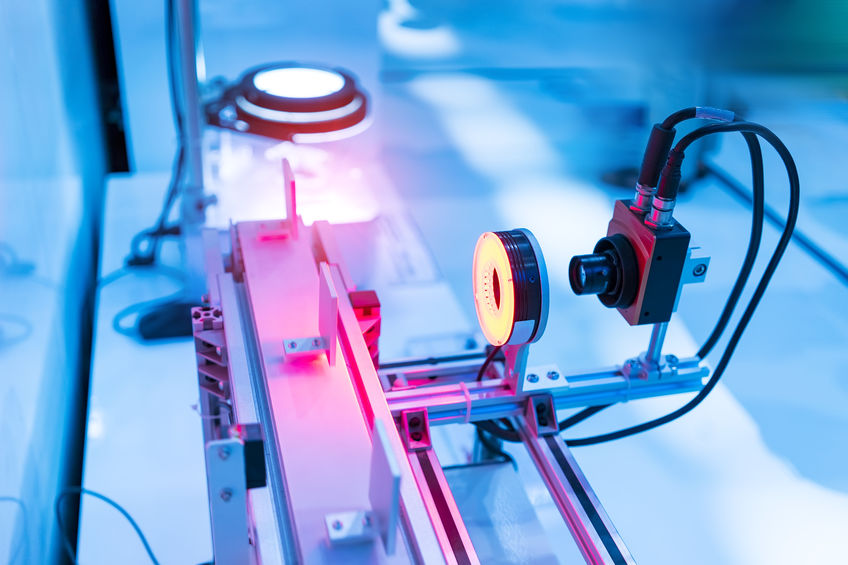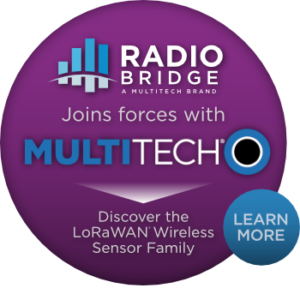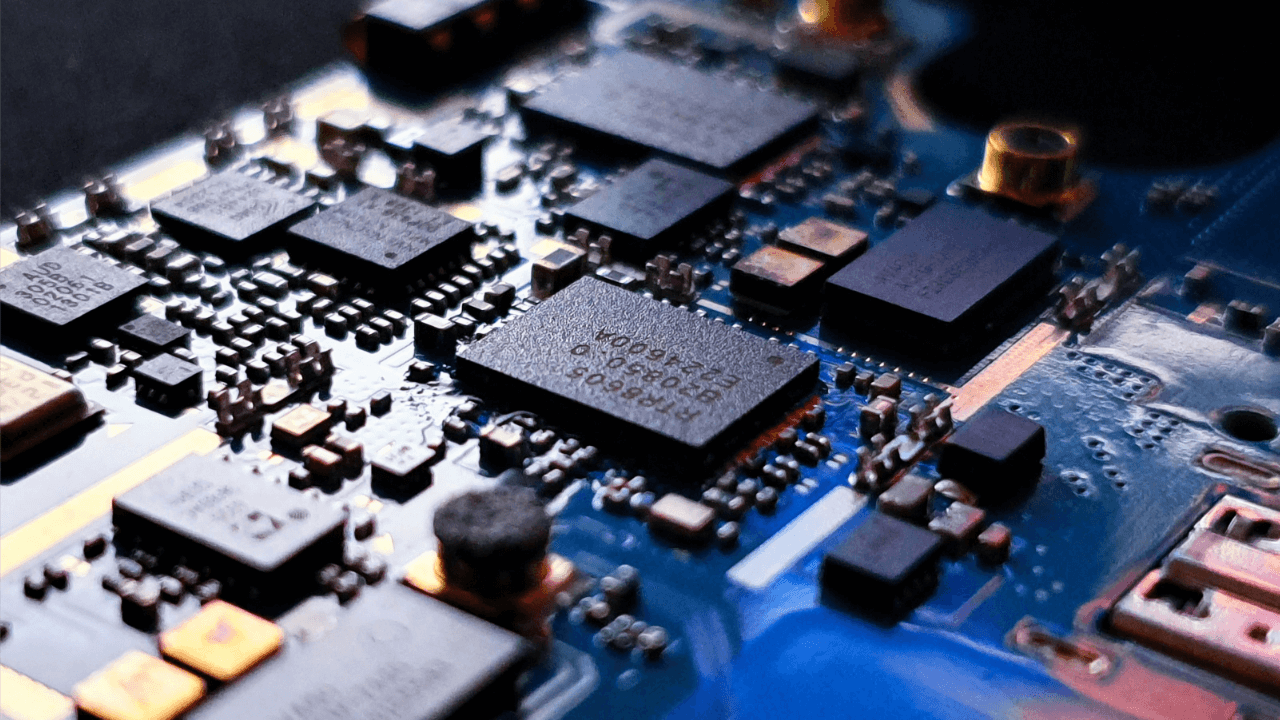
The internet of things (IoT) continues to connect our world, making it easy and convenient for us to control and monitor everything from our home appliances and comfort systems to large-scale industrial applications. Today’s factories, warehouses, buildings, transportation, healthcare, power and energy, and urban infrastructure are powered by IoT, and LoRaWAN® sensors make it all possible.
In today’s fast-paced world, automation has become a vital component of cost-effective operations, and IoT is a major player in that effort. IoT sensors support automation and remote monitoring, reducing costs, improving efficiency, and simplifying processes while creating a value chain that resonates from end-to-end.
However, like all smart devices, IoT sensors need to connect to a network. Most people are probably more familiar with wireless network standards like Wi-Fi, Bluetooth, and cellular. Still, the billions of connected IoT sensors in the world today require a different approach. Reliability is essential, and maximizing costs is critical. Plus, Wi-Fi and Bluetooth don’t do well over distances or through obstacles like walls and concrete. Cellular data is expensive, so it’s not the best choice for business applications designed to support lean operations.
Today’s IoT relies on long-range, low-power technologies that are better suited to industrial and commercial use. That’s what we’re going to talk about today, specifically, LoRaWAN, which is a specific type of Low Power Wide Area Network (LPWAN) wireless standards.
What Are IoT Sensors?
IoT sensors are wireless devices that detect changes in an environment. In industrial settings, they might be used to monitor entry points or the temperature, light, or atmosphere within a space. They might also be used to detect fill levels on tanks or critical changes in machine function.
LoRaWAN sensors are IoT sensors that are made specifically for the LoRaWAN network. LoRa stands for long-range. It is a proprietary technology that represents one of the newest advances in IoT communications today. It enables reliable, low-power, low bandwidth transmissions over greater distances, even in challenging environments.
For example, a single LoRaWAN sensor from Radio Bridge, a MultiTech brand, has a range of about 30 miles, but only with true open-air line-of-sight. The low cost and wide range of LoRa make it possible to cover entire cities or even countries.
Low Power Wide Area Networks: LPWAN
LPWAN is a category of wireless standards that facilitates long-range connections between connected objects, many of which are battery-powered. They have lower operational costs and support a large number of connected “things” over a wide area. LoRaWAN is a type of LPWAN that reduces interference and does not increase demands on device batteries.
In situations where you’ve got a large number of low-power devices transmitting small amounts of data, LPWAN is ideal, especially when compared to cellular networks, which tend to be battery-draining and relatively expensive.
The best use cases for LPWAN involve low-power sensors that send small packets of data over significant distances. For example:
- Automated irrigation systems in the agricultural industry
- Smart lighting in large buildings, warehouses, factories, or institutions
- Sensors associated with smart energy meters
This brings us to LoRaWAN, which is currently the best technology, and at this point, the de facto standard among LPWAN standards.
LoRa® vs. LoRaWAN®
Though they sound similar, LoRa and LoRaWAN are two very different things. Whereas LoRa is the wireless network’s physical layer, LoRaWAN is the media access control layer that leverages the physical layer.
LoRaWAN defines the system architecture and communication protocols while LoRa enables long-range connection. It is a type of LPWAN technology and currently the most popular and best choice for most IoT applications. When compared to cellular, Wi-Fi, or any other wireless technology, there is no doubt about LoRaWAN’s advantages. It’s inexpensive to operate, has a remarkable range, the battery can last up to 10 years, and it’s a secure, low-cost way to connect and manage extensive IoT networks. Plus, since the technology is standardized, connected devices are not gateway-specific. Any LoRaWAN device should connect through any LoRaWAN-compliant gateway, no matter what the application might be.
LoRaWAN Sensors in IoT: Use Cases
While we, as consumers, can probably tolerate the odd interruption in our wireless networks, that level of unreliability doesn’t translate well in business and industry. When we’re talking about electrical grids, city infrastructure, or massive industrial applications, cost efficiency is critical, and there is no margin for error.
LoRaWAN sensors are better for many commercial and industrial use cases because they do not have the same challenges as other wireless technologies. Here are a few typical use cases that rely on LoRaWAN sensors:
- Smart Agriculture. LoRaWAN sensors have revolutionized agriculture from just about every angle, maximizing production and minimizing environmental impact. Sensors monitor conditions in the field, sending data back to the LoRaWAN gateway and on to the cloud. The data collected is then used to improve operations on the ground, such as optimizing irrigation schedules to reduce water use.
- Smart Cities. Municipal efficiency improves when systems and infrastructure are connected. Underground sensors detect vehicles at traffic lights, street lighting keeps roadways and neighborhoods safe, and utility services can be optimized to ease the impact on the grid. City services become more cost, labor, and energy-efficient when LoRaWAN sensors are applied to waste bins, waterways, and electrical grids. Sensors on public transportation help to keep services running predictably, and sensor-enabled parking increases municipal revenue while providing valuable data to city managers.
- Healthcare. In healthcare settings, LoRaWAN is essential to run smart applications such as maintaining environments within the facility. It is also used for asset tracking and workflow optimization, assuring efficient and safe care delivery. With a need for more stringent protocols around the COVID-19 pandemic, LoRaWAN sensors support staff and patient safety, enabling the remote monitoring and operation of access doors and replacing many manual processes that would put people at risk.
- Smart Buildings. LoRaWAN IoT sensors improve building operations, optimize energy use, enhance comfort, and enable predictive maintenance across various systems. LoRaWAN is particularly suited to this environment because of its ability to penetrate walls and all kinds of solid barriers. Even older buildings can be retrofitted with sensors, and building management can begin to see operational cost reductions almost immediately. Sensors can be connected to lighting, access doors, waste bins, water, and HVAC systems to reduce labor costs, improve security, and mitigate system failures.
- Smart Metering. Smart meters, whether for water, electricity, or gas, allow companies to collect data remotely and reduce the burden and expense of deploying field personnel. Whether in urban or in rural locales, meters are not always easily accessible. An infrastructure comprised of LoRaWAN sensors makes data analysis, billing, and hardware upgrades easier. Utility companies can reduce costs and improve accuracy, enable predictive maintenance, and generally deploy assets more efficiently to keep operational costs at a minimum.
- Transportation and Logistics. In the logistics industry, LoRaWAN sensors are essential for warehouse operations as well as fleet maintenance. From monitoring loading docks to loading and unloading trucks, packing and palletizing, item retrieval, order assembly, and even monitoring conditions inside containers, LoRaWAN IoT sensors provide visibility into every process. For shipping companies, they help track assets both in the warehouse and in transit, delivering an unprecedented degree of accuracy and accountability while enabling automated processes.
- Industrial Applications and Mining. Industrial applications face many challenges that can be solved or improved with LoRaWAN sensors. In the factory, sensors monitor machine operation, energy consumption, and atmospheric conditions – which is especially critical in cleanroom situations where the smallest fluctuations can be very costly. In gas, oil, and mining scenarios, sensors allow companies to operate in conditions that would not be safe for people, sparing human life and helping to maximize and preserve resources. Sensors monitor tank levels and conditions within the tank, such as temperature, pressure, and leak detection.
These are just a few of the ways LoRaWAN sensors in IoT are making a difference. All in all, it’s a low-cost approach that provides access to incredible insights, improving productivity, and driving cost efficiencies from the field to the back office to the end-user.
If you would like to learn more about Radio Bridge LoRaWAN IoT sensors and how they can help you, we’d love to show you more. Reach out today, and let’s start the conversation.





